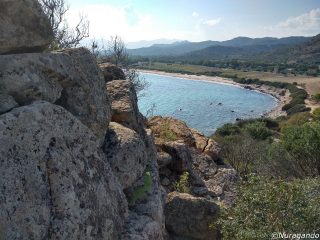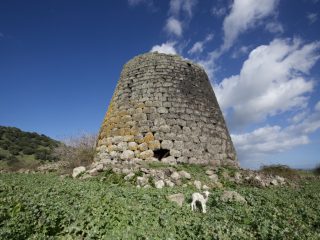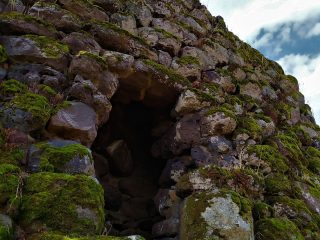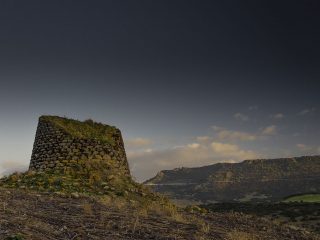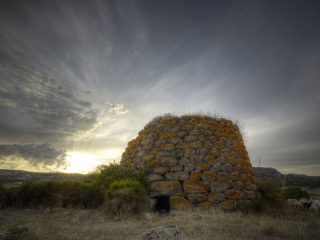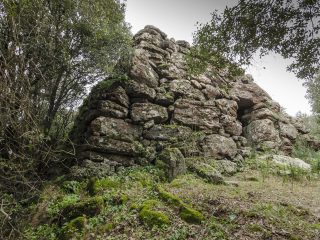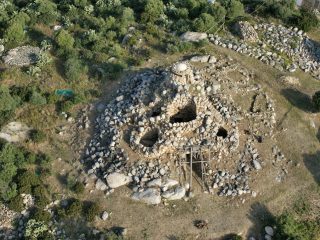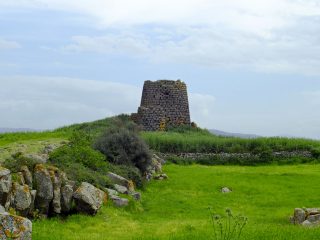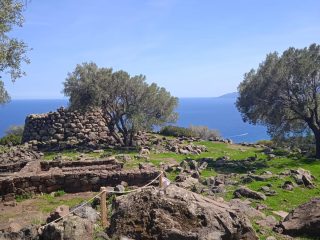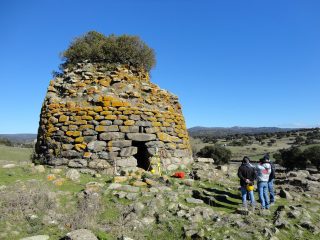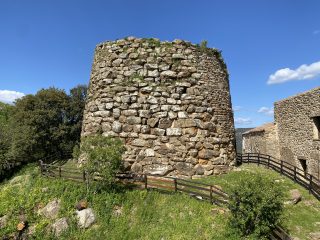The Valley of Antas is set at the heart of a delightful natural amphitheatre where we find the Roman temple of Antas, one of a kind in Sardinia.
The importance of the archaeological site stems from the footprint of a Roman place of worship but by retracing the history we find evidence of a Nuragic village which proves the presence of this civilisation as early as the Bronze age.
The Nuragic people were the first to use the valley as a sacred place for their burials and cremations from the Bronze age and the well tombs from the Iron age with a type of funeral which is rarely found anywhere else in Sardinia.
The remains of a Carthaginian place of worship (500 B.C.), built to honour the Punic god Sid Addir Babay, are visible below the steps leading to the “Roman” Temple. A series of dedicatory inscriptions were uncovered in the chapel which are a unique heritage and found in no other Punic colony across the western world.
The Roman temple, mentioned by the famous Egyptian geographer Ptolemy (II century A.D.), dating to the I century B.C. was modernised several times until its full makeover described in the inscription at the top of the building, which confirms the work dates from the III century A.D.
From the Valley of Antas, a 20-minute walk will take you to the Roman quarries where you can see the cutting lines made when removing the huge boulders used in the construction of the sanctuary.
Furthermore, for those who enjoy long walks (about 1 hour), there is the old Roman road leading from the Temple of Antas to the Su Mannau cave. The people who lived in these places would head to the cave of the same name to water-worshipping rituals, as is clear from the remains of oil lamps and small votive boats.







